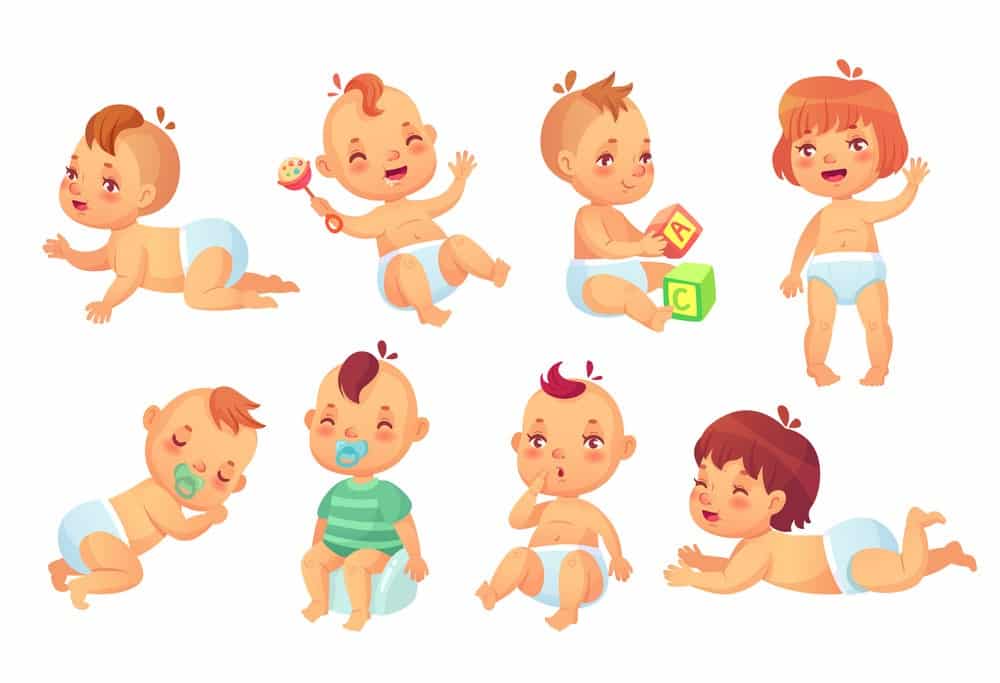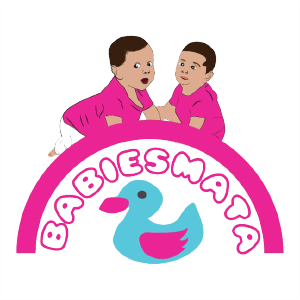Milestone and Motor Activities to Teach Your Baby

There is no one way to teaching babies things they need to know as they develop. It is usually a two-way street. None is right, and none is wrong. Mothers learn alongside with their babies as they grow. But because no two children can be the same, you can\’t learn from one and apply it to another. Children are all different in diverse ways. And because a child is good at an activity does not mean another child will do likewise. You need to observe and know your child\’s strength or ability before you teach anything.
In the process of teaching a child, it might look like you\’re punishing the child. Without careful observation, you will only think you are helping the baby. But in this case, the reverse is the case. The age, alongside the baby\’s capacity, is a necessary factor to consider in each milestone and motor activities you teach your baby.
What is a milestone?
The word milestone should not be misinterpreted for another thing, although it can be interpreted based on your understanding. A milestone is simply a landmark. It is an important event(s) in a person\’s life. In other words, milestones are the behavioral checkpoints in children\’s development regarding age. All children strive to reach a particular milestone as they grow. Milestone is classified into motor development, language development, and emotional or social development.
The language development will include making of coo sounds or other sounds and laughing. The emotional or social skills include smiling at familiar faces and playing with friends around. As your child grows, they might be moving legs and arms away from their bed when they are excited. Some might even bring the hand to the mouth or move the fist from closed to open. All these and several other movements are motor activities your child learns as they grow. They focus more on the use of the muscles of the legs, trunk, and arms.
Different milestones and motor activities exist at different ages. There are some that your baby develops naturally. There are some that you will need to teach your baby. Take, for instance, by six weeks; most babies can lift their heads while lying on their tummy. And at three months, with the use of arms as support, most babies can lift their chest. While at four to five months, some babies can roll over from the back to the stomach. Remember that this timing varies in babies.
Some of the motor milestones usually expected in babies include crawling, sitting up with no support, standing with assistance, walking with help. It will get to a point when there will no longer be a need for assistance while standing and walking.
Motor activities to teach your baby
Motor activities in babies often lead to motor development in them. Motor development is physical growth, muscle, and bone strength in babies. Your baby can touch things and move in the surroundings. They are usually of two types, the fine and gross motor.
The fine motor activities are the small movements in the hands, wrists, fingers, fists, toes, tongue, and lips. The gross motor activities occur in the muscles, and it assists babies in holding up their heads, sitting up and crawling, walking, running, and eventually skipping. Motor activities occur gradually. It begins from the inner body like the head, neck, arm, and legs. It then extends to the outer body like the hands, feet, fingers, and toes. It is a necessary development throughout a child\’s life. It is a physical development that leads to various body developments.
There are some activities that parents can engage their babies to enable them to develop fine motor skills. These include:
- Place your baby on the tummy while you help him or her reach for a toy
- When your baby begins to stand, you can place a toy on the couch and allow your baby to stretch out to reach for it
- Visit the playground where your baby can climb, run, swing and slide
- Allow your baby to walk with a stroller that he or she can push
What are the activities that will help your baby to reach a milestone?
As a child reaches a milestone, there are a lot of motor activities they need to learn. In babies, walking is one of the developmental milestones observed. They often stumble, fall, take awkward steps, and get up most times they see themselves on the ground.
Also, they need to develop hand and finger strength needed to write, the ability to write and form sentences, climb and use the stairs, listen to sounds, adapt to taste and sensation, and lots more. How then can you help your baby reach these milestones and develop motor activities?
They include:
- Warm and cuddly activities for age zero to six months. At this stage of growth, babies liked to be touched, tickled, and cuddled. While you get their diapers changed, please give them a quick message to enable them to have a fun diaper time. It will aid in sensory and communication development. At this moment, you can sing a song or play music. You can also tickle her toes while you give a warm smile.
- Food play and sensory activities for babies age six to twelve months. When your baby makes a mess while eating, it enables them to adapt to new sensations. Allow them to get food on their face and hands as it provides a sensory experience. Let food get all over their body and do not wipe them immediately. Encourage food of different textures and tastes for your curious baby. Also, allow them to smell goods and touch them.
- Exploring activities for ages twelve to eighteen months. At this stage, your baby can move around the environment and explore everything in there. If your baby walks up to you while cooking, allow them to sniff the aroma as it will enable them to develop a sense of smell. Also, while they explore the house, they can smell anything they come across. At this juncture, you need to be careful with things you put within their reach.








